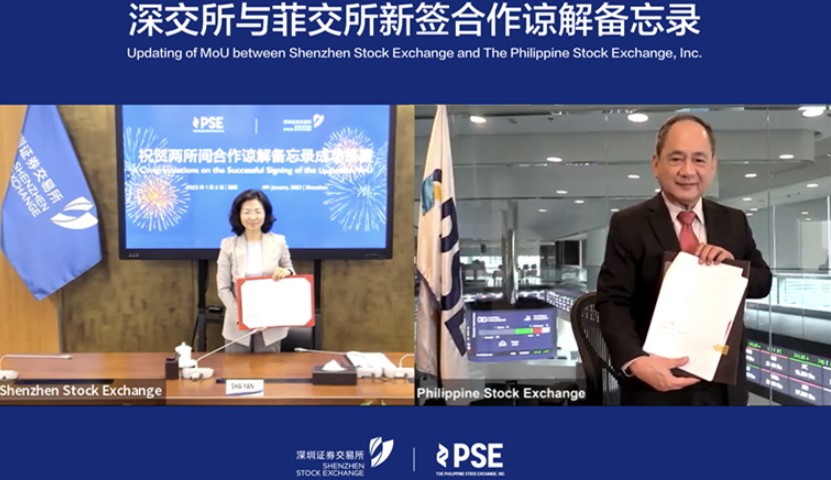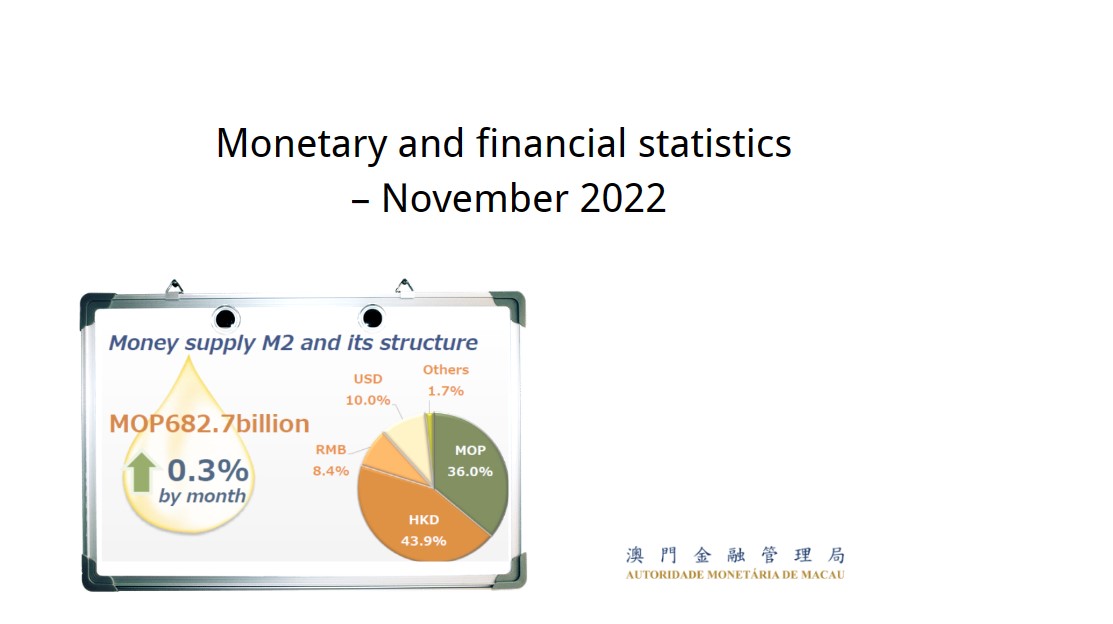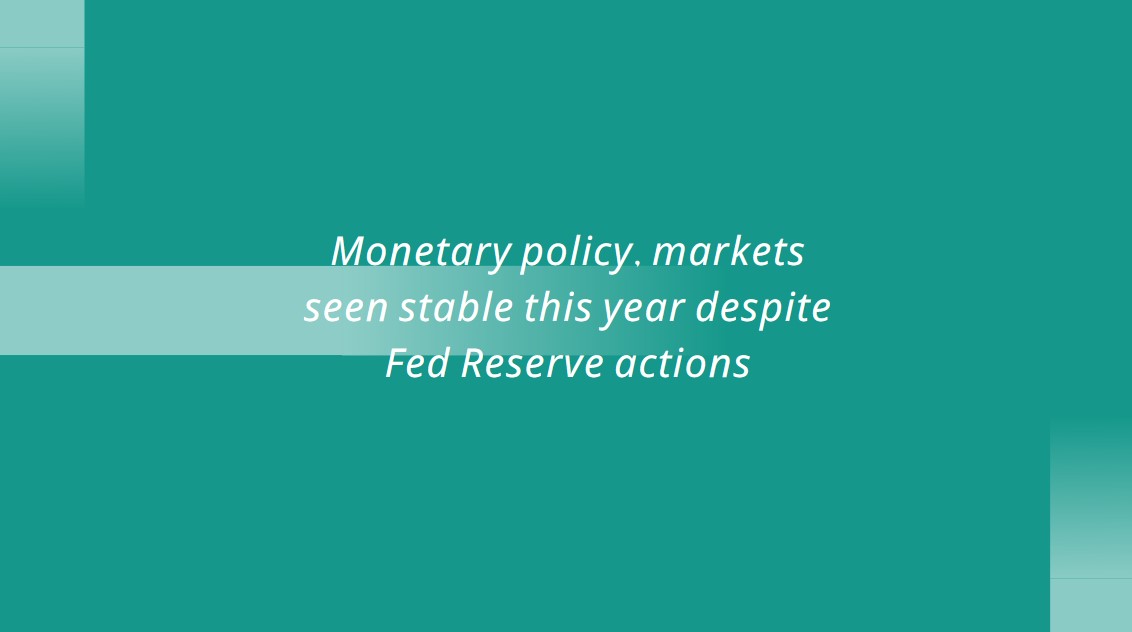PBC Monetary Policy Committee Holds Q4 2022 Meeting
The meeting analyzed the economic and financial circumstances at home and abroad. It was agreed that China has coordinated COVID-19 containment and economic and social development since the beginning of this year. Additionally, with effective macroeconomic policies, the country managed to ensure overall stable performance in economic and social development to the maximum extent possible. By pursuing a sound monetary policy that is flexible and appropriate and maintaining its continuity, stability, and sustainability, the PBC has scientifically managed market expectations, made practical efforts to serve the real economy, and effectively prevented and controlled financial risks. While the loan prime rate (LPR) reform continued to deliver its benefits, the monetary policy transmission has become more efficient, and lending rates have dropped significantly. The RMB exchange rate has moved in both directions with enhanced flexibility and remained basically stable at an adaptive and equilibrium level, serving as a stabilizer for the macro economy.
It was pointed out at the meeting that the current external environment is turbulent amid sluggish economic growth worldwide, elevated inflation, and persistent geopolitical conflicts. Domestically, the economic recovery rests on shaky foundations and still faces pressures of shrinking demands, supply shocks, and waning expectations. The PBC will seek progress while giving top priority to stability, enhance inter-temporal and counter-cyclical adjustments, and step up the implementation of the sound monetary policy. The central bank will take well-targeted and vigorous steps to make good use of monetary policy tools in adjusting both the aggregate and the structure. It will bolster confidence and overcome difficulties, in a bid to keep growth, employment, and prices stable, shore up domestic demand, and provide stronger support for the real economy. The PBC will smooth the transmission mechanism of the monetary policy to keep liquidity adequate at a reasonable level, push the aggregate credit up, and align the increases in money supply and aggregate financing to the real economy with the nominal GDP growth. With policy-based and developmental financial instruments in place, key support will be directed toward infrastructure construction. Under favorable conditions of stably growing grain production and smooth functioning of the energy market at home, the PBC will work to keep prices basically stable. Structural monetary policy tools will play a supportive role to further back key areas, weak links, as well as the sectors hit by COVID-19, including the carbon emission reduction facility (CERF), the instrument supporting inclusive micro and small business (MSB) loans, as well as the special central bank lending for clean and efficient coal use, for sci-tech innovation, for inclusive elderly care services, for transportation and logistics, and for equipment upgrading, respectively. A mix of policies will be in place to support coordinated regional development. The PBC will deepen the supply-side structural reform of the financial sector by guiding large-sized banks to shift the focus of their services to communities, encouraging small and medium-sized banks to concentrate on their main duties and major businesses, and giving more support to banks in capital replenishment. By doing so, the financial sector will work together to safeguard the stability of the financial market. The PBC will improve the market-oriented interest rate formation and transmission mechanism and optimize the central bank policy rate system. It will give full play to the important role of the market-oriented adjustment mechanism of deposit rates, as well as the potential and guiding role of the LPR reform, with a view to bringing down overall financing costs for businesses and costs for individual consumption loans. The PBC will deepen the market-oriented reform of exchange rates to enhance the flexibility of the RMB exchange rate, guide enterprises and financial institutions to be risk-neutral, and optimize expectation management, so as to keep the RMB exchange rate basically stable at an adaptive and equilibrium level. The PBC will build a system and mechanism to offer effective financial support to the real economy, improve the system for financially contributing to innovation, guide financial institutions to issue more medium and long-term (MLT) loans to the manufacturing sector, and support the accelerated construction of a modern industrial system, in a bid to make financial support for private enterprises commensurate with the latter’s contribution to economic and social development. The PBC will improve the green finance system for peaking carbon emissions and achieving carbon neutrality. It will improve consumer financial services with respect to commodities and social services, and proceed with greater financial support for enterprises to stabilize and expand employment, as well as for targeted groups to start businesses and seek employment. The PBC will take solid steps to guarantee the delivery of housing, people’s livelihood and stability, satisfy reasonable financing needs of the industry, promote restructuring and mergers & acquisitions, and improve the balance sheets of high-quality leading property developers. City-specific measures will be adopted to meet the rigid demand for housing and the needs to improve living conditions. Housing financial services will be properly rendered to new urban residents and young people, and the legitimate rights and interests of housing consumers will be safeguarded. Comprehensive measures will be implemented to ensure the stable development of the real estate market. The PBC will guide the healthy and standardized development of the financial business of platform enterprises and elevate the level of normalized supervision on their financial activities. Moreover, the PBC will advance the high-level two-way opening-up of the financial market, and enhance the capacity for economic and financial oversight as well as risk management in an open economy.
In addition, the PBC will apply the new development philosophy fully, faithfully, and comprehensively, speed up building a new development paradigm, and strive to promote high-quality development. The PBC will intensify macro-policy regulation, vigorously boost market confidence, and integrate the strategy to expand domestic demand with efforts to deepen supply-side structural reform. It will strengthen inter-ministerial policy coordination to implement a package of policies to stabilize the economy and their follow-up policies. By maximizing the efficiency of monetary and credit policies, balancing internal and external equilibrium, and coordinating financial support for the real economy and risk controls, the PBC will promote the overall improvement in economic operations, effectively upgrade and appropriately expand China’s economic output, and get the efforts to build a modern socialist country in all respects off to a good start.






















































First, please LoginComment After ~